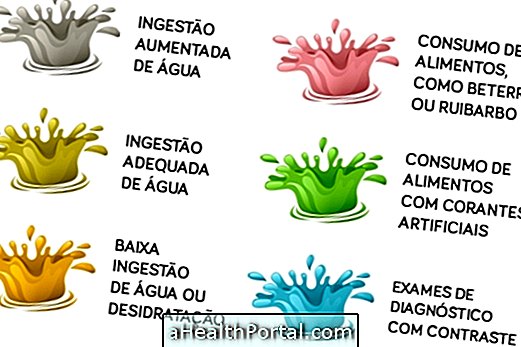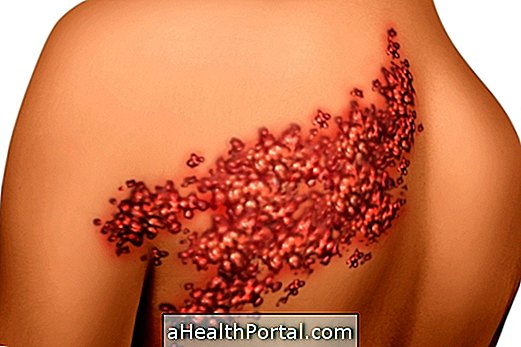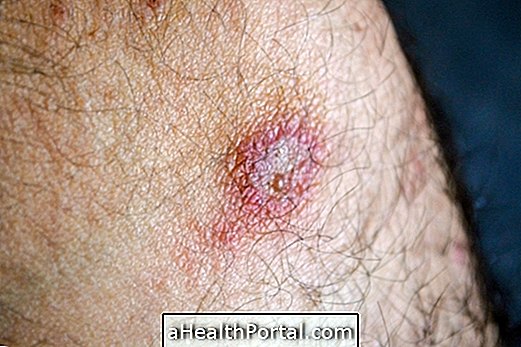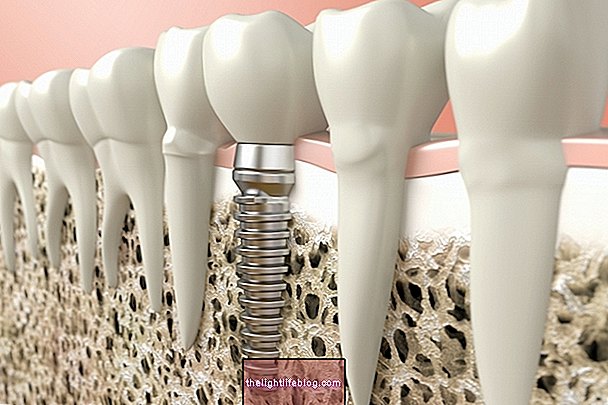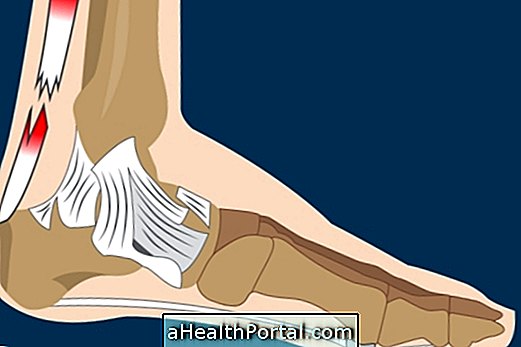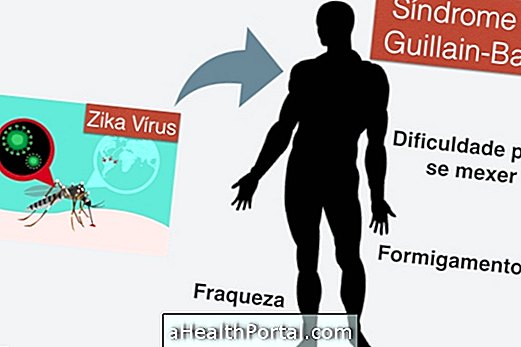The colloid cyst corresponds to a layer of connective tissue that contains a gelatinous material called colloid. This type of cyst may be round or oval and varies in size, however it does not tend to grow much or spread to other sites in the body. Understand what cyst is and how to identify it.
The colloid cyst usually is identified in the head, more precisely in the cerebral ventricles, which are regions responsible for the production and storage of cerebrospinal fluid (CSF). Thus, the presence of the cyst in this region can obstruct the passage of the CSF and lead to fluid accumulation in this region, causing hydrocephalus, increased intracranial pressure and, in rarer cases, sudden death.
Although usually benign and asymptomatic, when diagnosed, it is important that the physician assess the size and position of the colloid cyst so that the possibility of obstruction of the CSF passage can be verified and thus the treatment can be defined.
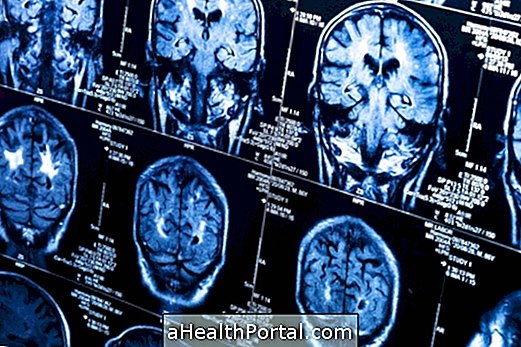
Main symptoms
Most of the time the colloid cyst is asymptomatic, however some people report some specific symptoms, such as:
- Headache;
- Nausea;
- Dizziness;
- Somnolence;
- Little forgetfulness;
- Minor mood swings and behavior.
Due to the lack of specificity of the symptoms, the colloid cyst in the brain is not usually identified quickly, and the diagnosis is made through imaging tests such as computed tomography and magnetic resonance imaging, which are requested because of other situations.
Colloid thyroid nodule
The colloid nodule in the thyroid corresponds to a tumor, usually benign, which may be single or multiple. This type of nodule can be perceived by palpation of the neck, in which one or more lumps are present, and it is important to consult a doctor for the examination and diagnosis and treatment.
The thyroid nodule may be one of the symptoms of goitre, for example, which is a disease characterized by increased thyroid due to changes in the production of hormones by this gland. Understand what goiter is, symptoms and how the treatment is done.
Unlike the cyst, the lump corresponds to a rounded, massive lesion that normally grows and may have a malignant appearance. Learn more about the thyroid nodule and how the treatment is done.
How is the treatment done?
The treatment for the colloid cyst located in the brain depends on the symptoms and position the cyst is in. Usually when there are no symptoms, no treatment is established by the neurologist, and only periodic monitoring is performed to check if the cyst remains in the same position.
When symptoms are checked, treatment is done by surgery, in which the cyst is drained and its wall completeness removed. After the surgery, it is common for the doctor to send part of the cyst to the laboratory for the biopsy to see if it is a benign cyst.

